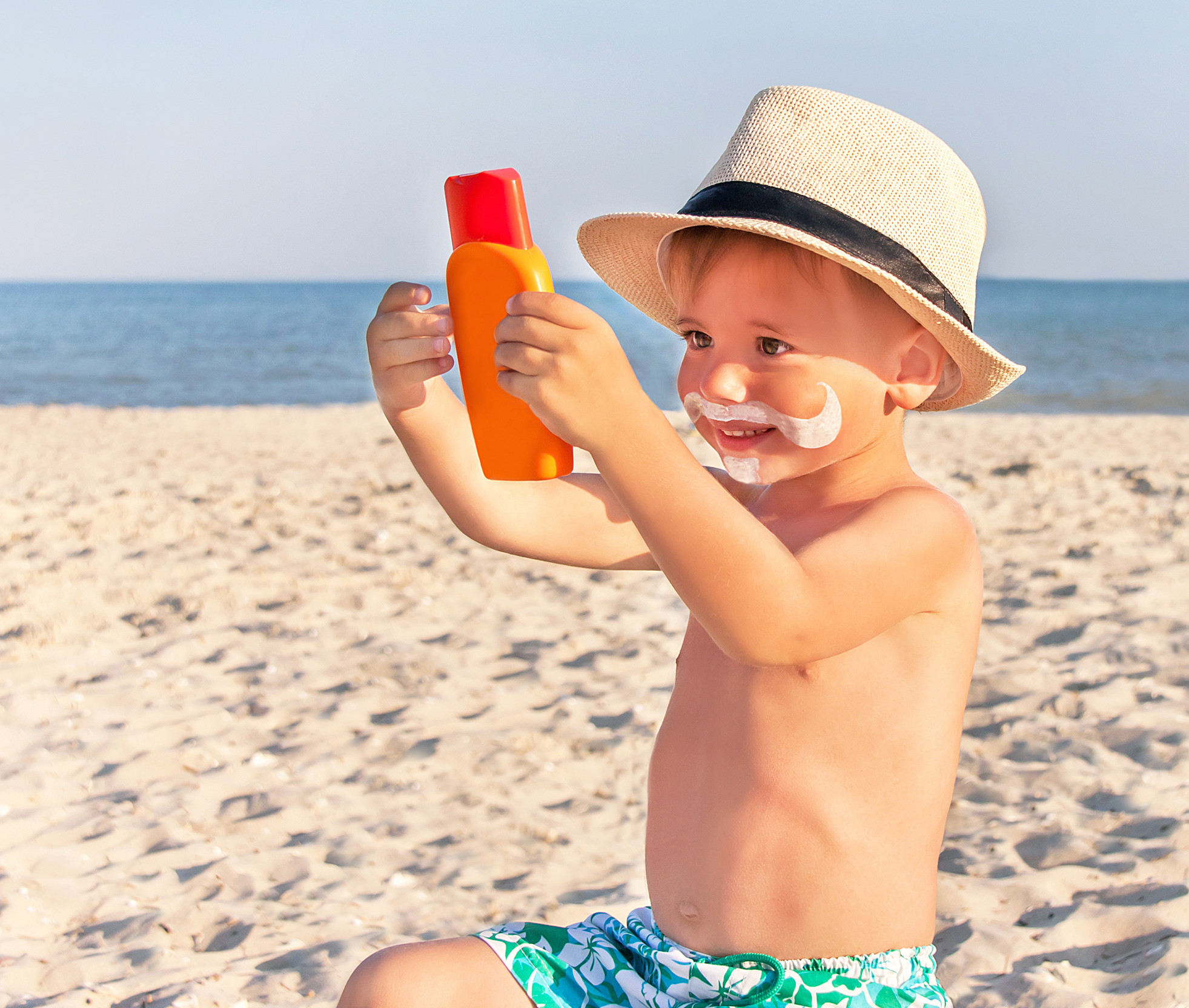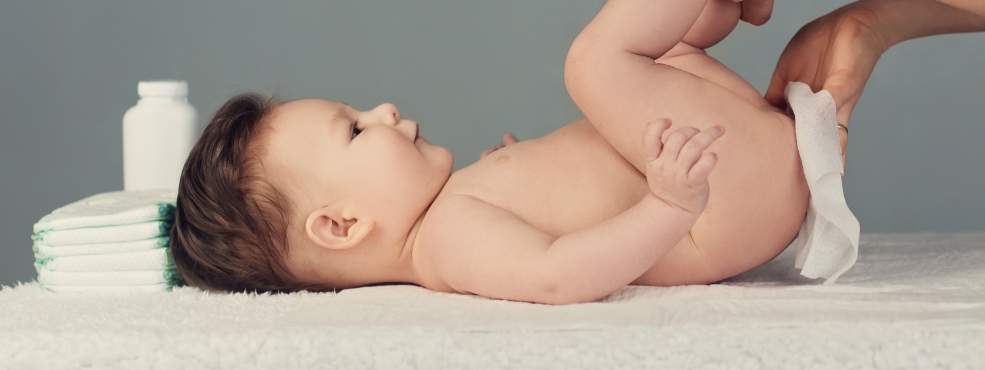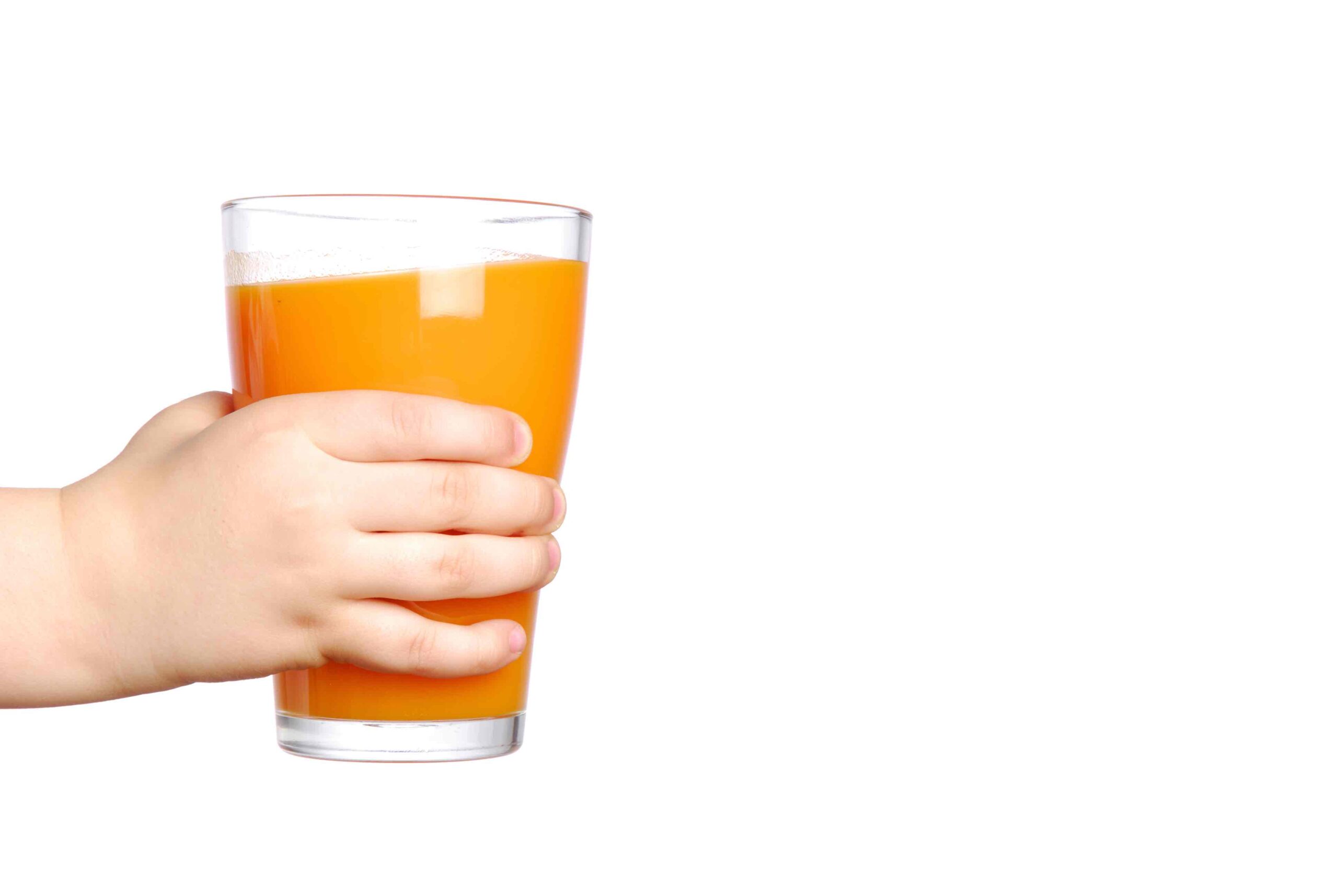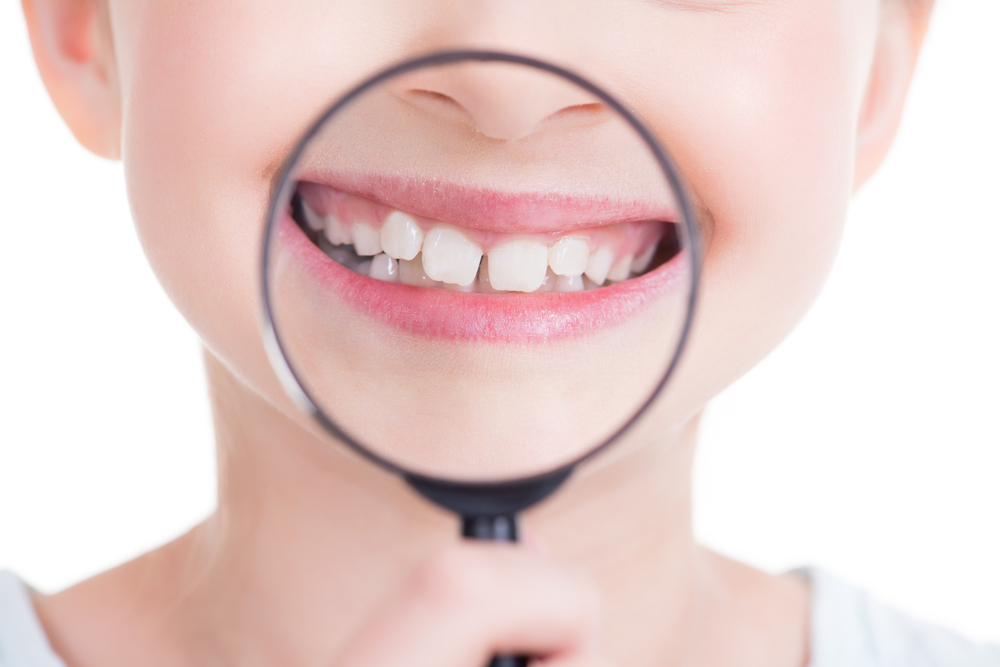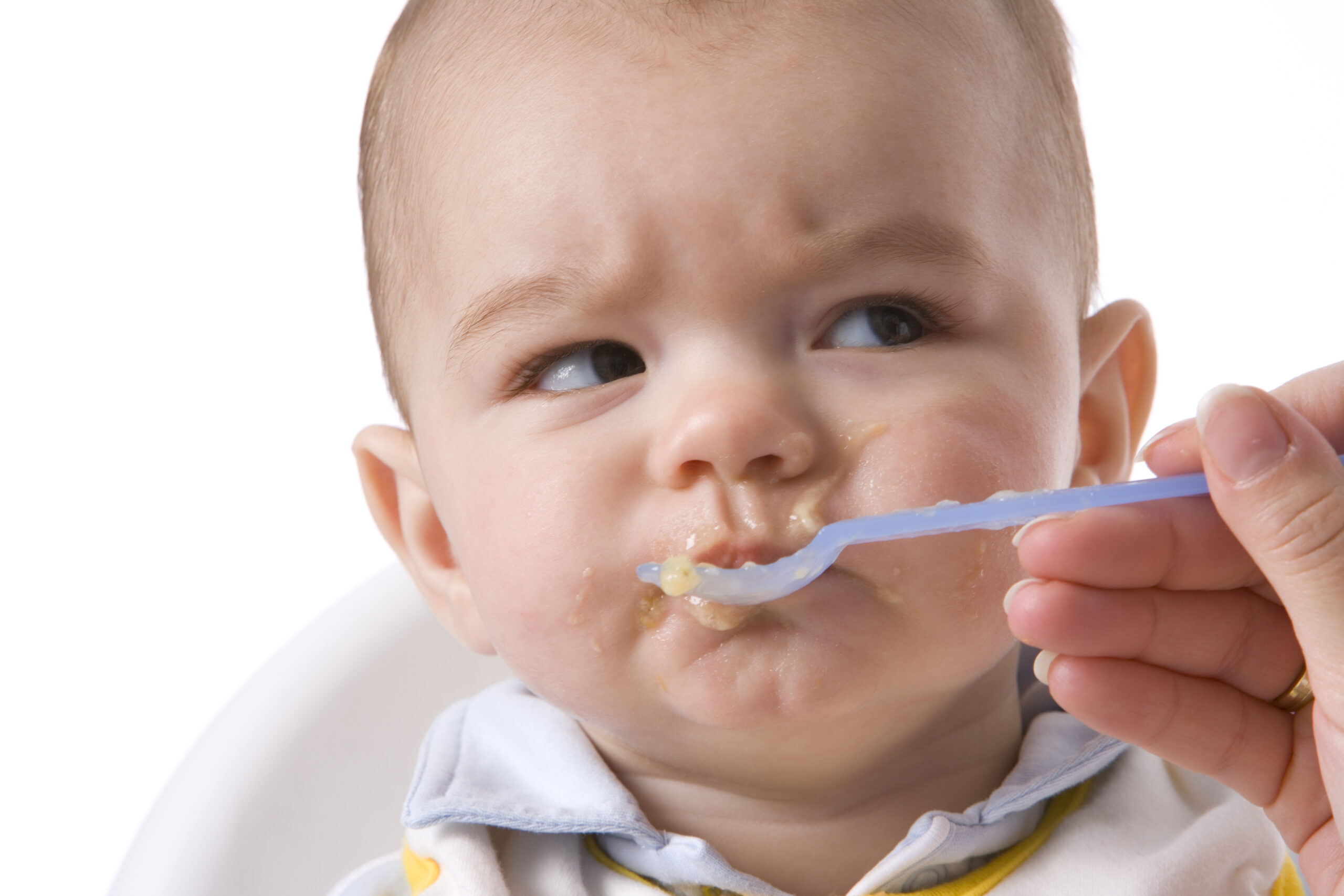Lost in the sea of sunscreen choices? Here’ s how to choose the perfect sun protection for every situation
Although there is no perfect sunscreen, it’s a little easier to choose a good one these days. Older sunscreens were only designed to block UVB rays because they cause sunburn. But scientists recently discovered that although UVA rays don’t cause sunburn, they do cause skin cancer and photo-aging (aka wrinkles and age spots).
SPF only measures the UVB protection of a sunscreen.
Modern sunscreens protect against both UVB and UVA (look for the label “Broad-spectrum”). And sunscreen manufacturers are constantly re-engineering their products to make them easier to apply and longer lasting. So now there are billions of different products on the shelves. Here’s how to find the right protection for your family:
Infants under six months
Use hats, clothing and umbrellas to protect infants. Babies have a very thin outer layer of skin so they can absorb the chemical compounds in sunscreen. Plus, babies don’t detoxify chemicals they absorb as easily as older kids. Babies also make less melanin, the skin pigment that protects cells from UV radiation. So they are highly susceptible to DNA damage from the sun. If you can’t keep a baby in the shade, it’s better to use sunscreen in small areas of skin than to risk direct sun exposure. Look for sunscreens labeled for sensitive skin or babies.
Infants over 6 months and toddlers
I like sunscreen sticks for this age. Unless you can convince an 18 month old to stand still, sunscreen needs to be super-convenient to apply. Stick forms are easy to smear on the face, neck and ears, won’t drip into the eyes and they won’t inhale the fumes from a spray can. For the body, choose thicker white creams because at least when Phoebe runs away mid-application, you’ll know what areas you’ve missed. Also look for products labeled “no tears” because young kids often rub products into or near their eyes.
Elementary-school kids
Any sunscreen at all will do for this age. The key issue is to teach children the importance of sun protection since studies show this is when kids tend to stop using sunscreen AT ALL. Also, be aware that many sunscreen ingredients stop working after more than 2 hours in the sun, so if you (or your 4th grader) won’t remember to re-apply, look for “photo-stabilized” products with names like HelioplexTM, Active Photobarrier ComplexTM, AvoTriplexTM, SunSureTM, DermaplexTM, which are all forms of stabilized avobenzone, a UVA blocker.
Teach children the important “life skill” of how to use sunscreen correctly and encourage use throughout life.
Tweens and Teenagers
Gel-based sunscreens are a good choice for the acne-prone population or to put on hairy places and the scalp. Also, be sure to encourage daily moisturizer with SPF 30.
Choosing the best type of sunscreen is really important, but don’t ignore other methods of protection.
Avoid midday sun
Avoid direct exposure to the sun, especially between the hours of 10 a.m. and 4 p.m. when UV rays are the most intense. Encourage your kids’ sports teams to practice early in the morning or later in the afternoon.
Wear sunglasses
Ironically, your eyes are exposed to the strongest rays in the morning and late afternoon when the sun is lower and its rays are more directly at eye level. Be sure to wear sunglasses with broad-spectrum protection.
Wear protective clothing and hats
Special sun-protective clothing is completely unnecessary. Regular old clothes are just as effective. The best protection is from tightly knit fabrics – so a t-shirt that shrunk a little is actually a great choice. Also, colored fabric has better UV protection than white, because colors absorb more UV rays allowing less to pass through to your skin. Perhaps most importantly, wear clothing just a little loose for the best protection. Skin is more photo-protected with some distance between the fabric and skin because the rays are scattered around more.
Apply sunscreen correctly
An adult needs a 1 oz shot glass full of sunscreen to sufficiently cover the body. SPF 15 is perfectly adequate, though SPF 30 is widely recommended to compensate because most people don’t put on enough sunscreen. There is virtually no difference in the protectiveness of SPF 30 and SPF 50 in real life. And SPF 80 is just silly, so the FDA won’t let people label bottles over SPF 50 anymore. Apply any product at least 15 minutes before sun exposure to allow it to form a nice protective “film” on the skin. And be sure to re-apply. Sunscreens are no longer allowed to be labeled ‘waterproof’ since they can’t truly resist water. They are now labeled with the amount of time they will last while in the water.
If you are worried about exposure to the chemicals in sunscreen, remember that sunlight radiation is a known carcinogen. Sunscreens are placed on the dead skin layer called the stratum corneum and are not absorbed. Whereas UV radiation from the sun generates reactive oxygen radicals in the skin that directly cause skin damage and cancer.
What other simple ways can you keep your kids healthy? Read my posts that explain why all kids need fluoride and why they don’t need vitamins.

